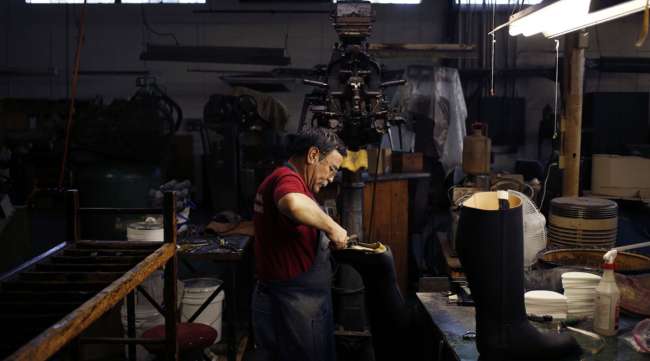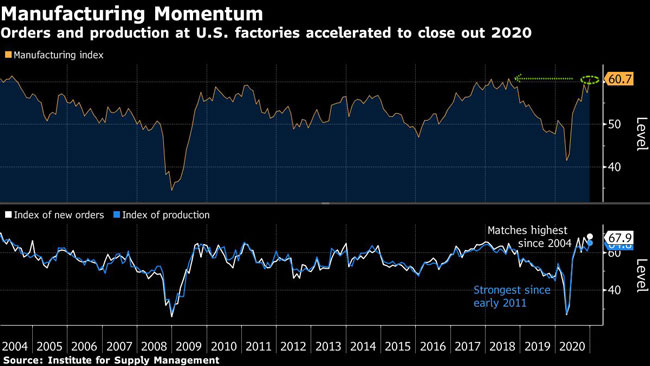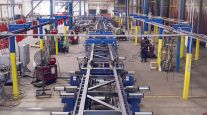Bloomberg News
US Manufacturing Gauge Expands at Fastest Pace Since 2018

[Ensure you have all the info you need in these unprecedented times. Subscribe now.]
A measure of U.S. manufacturing expanded in December at the fastest pace in more than two years, bolstered by a pickup in new orders and the strongest growth in production since 2011.
A gauge of factory activity unexpectedly increased to 60.7 from 57.5 a month earlier, according to Institute for Supply Management data released Jan. 5. Readings above 50 indicate expansion and the figure exceeded all estimates in a Bloomberg survey of economists.
For months, the manufacturing sector has been steadily recovering from the pandemic’s devastating blow early last year. Though a full recovery will take time, the latest data underscore how a strengthening economy and lean inventories should continue driving production and factory employment gains.
“Manufacturing has done well,” Timothy Fiore, chair of ISM’s Manufacturing Business Survey Committee, said on a call with reporters. “And Q1 looks good, but we are being impacted by the labor side simply because the quantity of infections and the quantity of people who are having to self quarantine or be sick is just so overwhelming that everybody has to be affected by it.”
Sixteen of 18 manufacturing industries reported growth in December, led by apparel, furniture, wood products and fabricated metals.
The ISM measure of production rose 4 points in December to 64.8, the highest since January 2011, as factories continued mobilizing to replenish still-lean inventories and meet rising demand. The new orders’ gauge, at 67.9, matched the strongest reading since January 2004, while the order backlogs index rose to its highest since June 2018.
The overall manufacturing figure was also boosted by longer lead times, likely a result of still-challenged supply chains and COVID-related effects on the labor force. The ISM’s supplier deliveries index climbed to the highest level since May.

Higher Prices
The gauge of prices paid for materials rose to the highest since May 2018 against a backdrop of firmer demand, lean stockpiles and supply-chain disruptions. All 18 industries reported paying higher prices in December. The pickup in costs may fuel more debate about the possibility of a quickening in inflation as the year progresses and demand strengthens with widespread vaccinations against the coronavirus.
“Aluminum, copper, steel, petroleum-based products including plastics, transportation costs, electronic components, corrugate, temporary labor, wood and lumber products all continued to record price increases,” Fiore said in a statement.
A measure of customer inventories, while edging up from a month earlier, remained subdued at 37.9, suggesting production growth will remain firm in the months ahead.
The group’s factory employment gauge advanced to 51.5, only the second time since mid-2019 the index has indicated expansion. The December jobs report, out Jan. 8, is expected to show a modest employment increase in the month, supported by factory hiring. Just over half of the manufacturing jobs lost in March and April have been recovered so far.
A separate manufacturing gauge for December, released by IHS Markit on Jan. 4, also beat expectations with the strongest reading since 2014.
Want more news? Listen to today's daily briefing:
Subscribe: Apple Podcasts | Spotify | Amazon Alexa | Google Assistant | More




